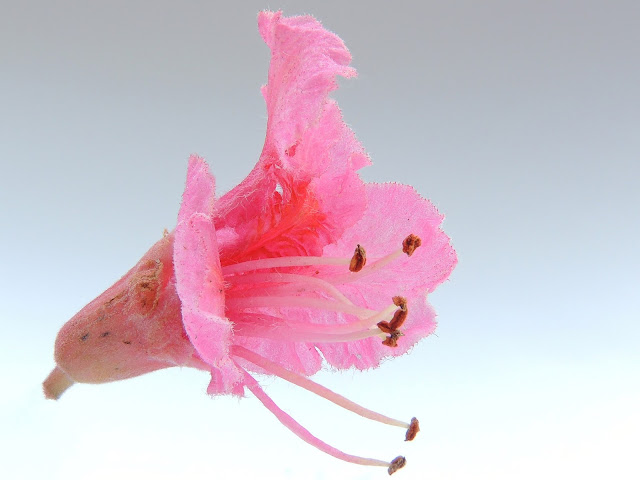I've always wanted to learn more about Avebury stone circle, a site
that I've visited a few times and these days is less than 20 minutes
away by car. However, until now I hadn't found a book that made learning
about the more than 200 stones accessible and enjoyable. Now, I've
found that book!
This
book is packed full with photographs and importantly maps - lots of
lovely maps - that are the key to making such an impressive site
accessible on the written page. Many books rely on description, but
unless you're as familiar with a site as the author, this often doesn't
work.
Sites like Avebury are complex and seem to be a
piece of a greater whole, also they were made within the environment of
the group of people that lived in the area over the time it took to
create these impressive wonders. It's all about connection. Connection
to place and people.
With that said, I think someone
who has never visited the site could read this book and walk away
passionate about all the information learned about the stone circle and
the 10 square miles around this site. That's the genius of this book,
the words provide the detail while the amazing photographs, diagrams and
maps help provide the context, put together this package creates an
immersive book.
Other sites include West Kennet Long
Barrow, which has a diagram numbering each stone and then numbered
photographs of most of the stones. Also, Silbury Hill receives a
detailed account including construction and why it is the shape it is,
along with, of course, illuminating photographs throughout the seasons.
I
am very taken with this book (if you hadn't guessed), but it doesn't
end here. The author's years of research were too much to contained
within a book and has provided a website for anyone to use:
Exploring Avebury
- this is a sensible move as there is still much research in and around
Avebury, so additional information will be added by the author as it
comes available.
I wish more books were as detailed, yet
as accessible as this book. For anyone interested in Avebury or this
exciting period of time, then it won't disappoint.
























